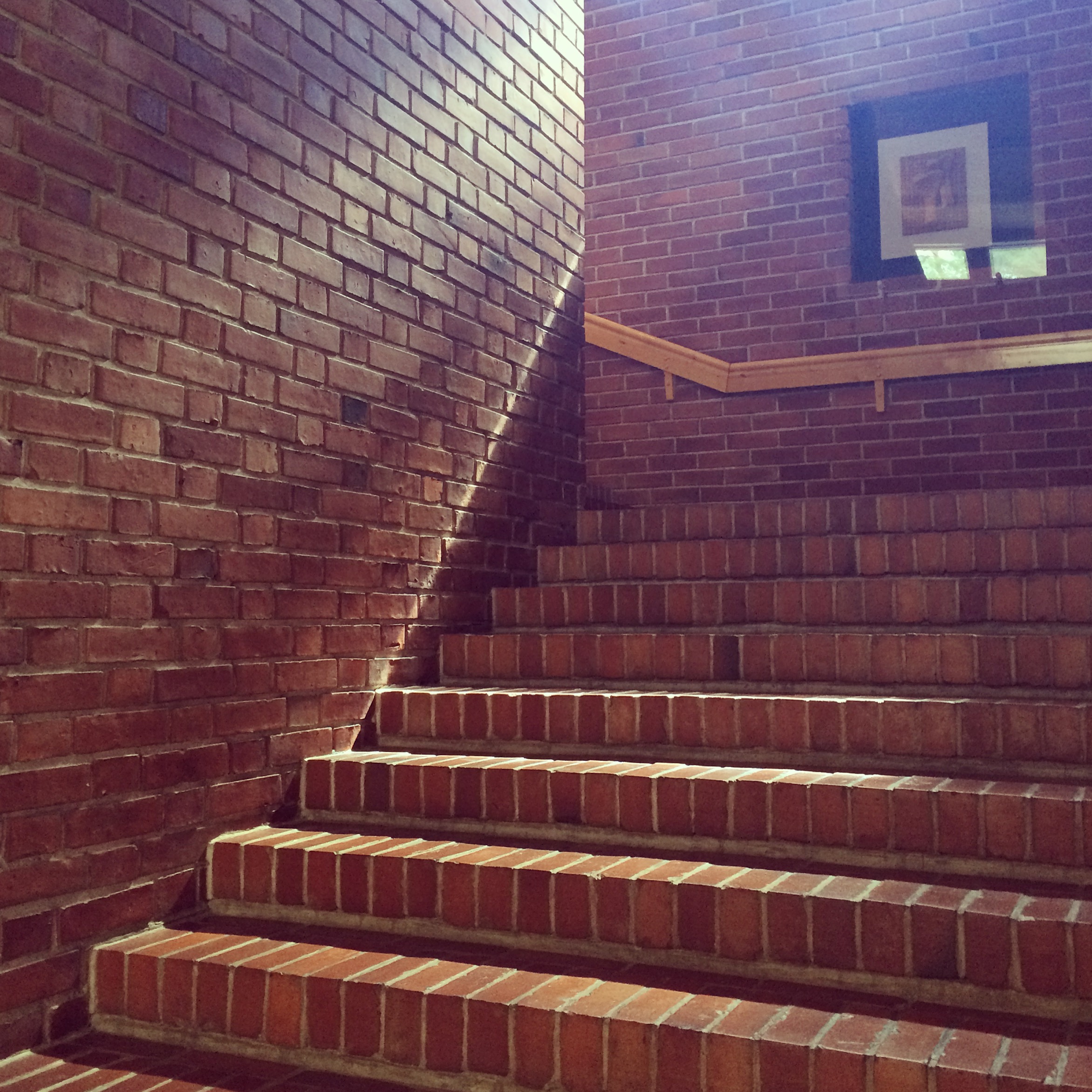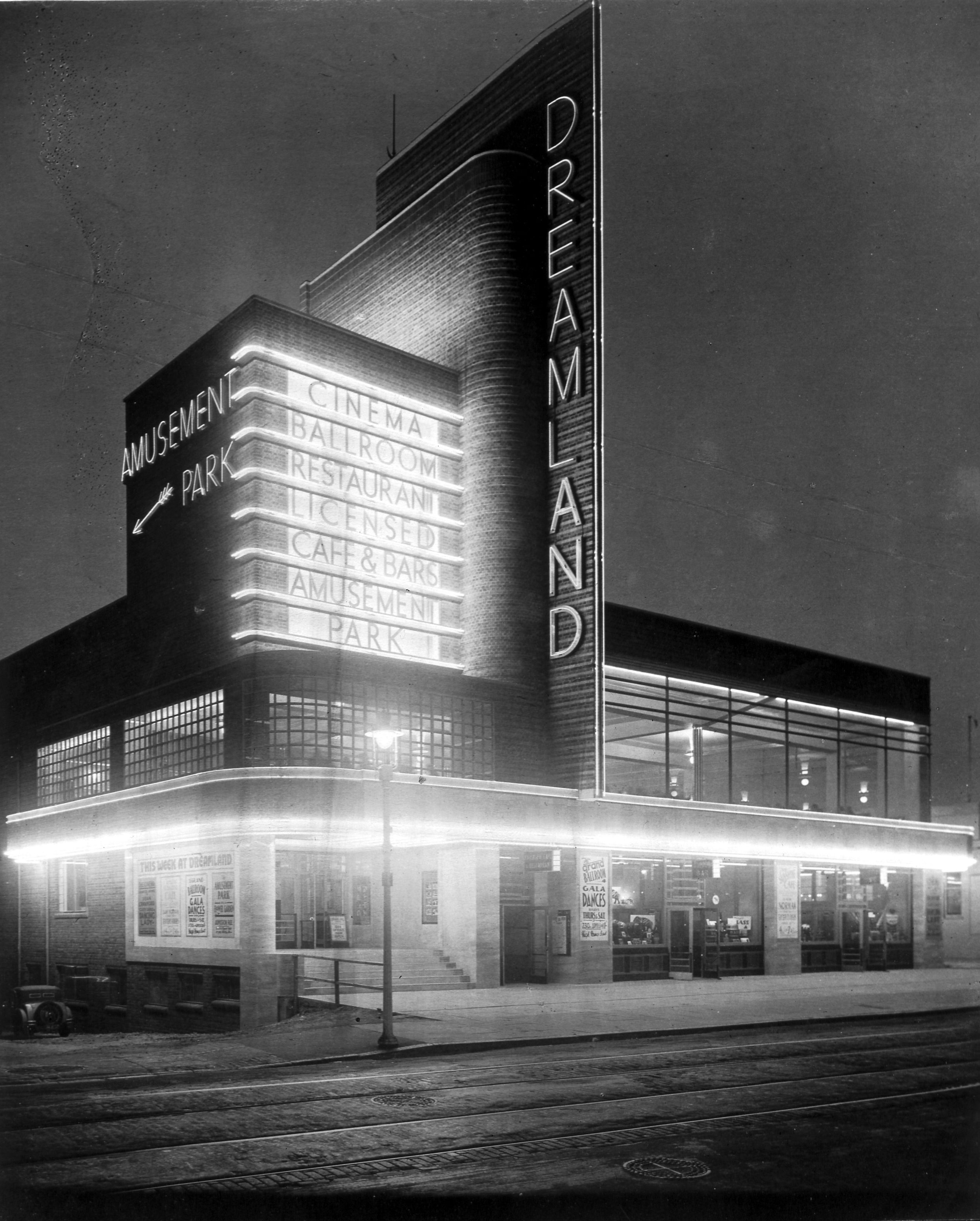It is nearly 20 years since I was first introduced to the work of the Finnish architect, and co-founder of Artek, Alvar Aalto, who died the year of my birth (I know, I look much younger!). Last week I returned from an architectural pilgrimage to Finland- disguised as a ‘holiday’- to tour a number of significant works by the Finn, and it exceeded all expectations. In fact, it was one of the most creatively inspiring trips I have ever made.
I have been heavily influenced by Aalto’s work from my university degree project to the Teenage Cancer Trust unit I designed while at ORMS (with details and colours inspired by the Paimio Sanitorium) and even down to the brickwork in my own garden (an homage to Aalto’s Experimental Summer House)! From Helsinki to Jyväskylä, via Paimio and Noormarkku, I was in awe of what the young architect had achieved from his Nordic Classicist beginnings through to his maturity and development of his ‘Romantic Functionalist’ form of Modernism, which rightly earned him worldwide renown.
Aalto designed many notable public and private buildings, mostly within Finland, such as the Säynätsalo Town Hall, Villa Mairea, the Jyväskylä university buildings, Helsinki House of Culture, Finlandia Hall and his own house and studio and summer house. In most instances with bespoke furniture, light fittings, ironmongery and even the famous Savoy vase for the eponymous restaurant. This enabled him to realise a rigour and thorough cohesiveness in his buildings. He worked mostly with a limited palette of natural products: brick, timber, copper and his favourite: Carrara marble. His building forms have a beautiful sense of order in their organisation and hierarchy, with a balance of ‘organic’ volumes which harmonise with their occupants and surroundings. It is a very ‘human’ and liveable form of Modernism, well-connected with- and influenced by- our natural surroundings.
I was very privileged to experience private tours of a number of the properties and, almost without exception, the tour guides would highlight imperfections in the building (no doubt as a learned reaction to the critique of previous self-fulfilling architects!). Aalto himself had an answer for such criticism:
“We may say that there is always human error in architecture, and on close observation we find that this is necessary, since it is impossible to express the richness of life and its positive qualities without such error.”
Without experimentation and development of ideas, we are in stasis and no progress can be made. There would be no joy and architecture would be diminished to simply ‘building’.
Aalto’s constant testing and experimentation of materiality and construction methods (most deliberately evident at the Experimental Summer House) showed him to be a true pioneer who had an indefatigable love of his occupation and boundless source of inventive ideas. He has influenced generations of architects and will certainly continue to do so through the legacy of his work.












